Almond Trees
Almond trees are known for their edible fruits or nuts. The fruit of almond is a drupe. They consists of a hard shell which contain a seed inside it. These shells are removed to obtain seed. Almonds are sold in market both in shelled and unshelled form. Sometimes blanched almonds are sold in market which is obtained by treating almond with hot water to soften the seedcoat. Then, this seedcoat is removed to reveal the white nut.
The almond (Prunus dulcis) is a tree which is native to Iran and surrounding countries. Prunus dulcis is known as its synonym including, Prunus amygdalus. The word almond comes from old French language “almande” or ancient Greek word “Amagdala” which means the portion of brain which resembles almond-shape. The part of brain that shows resemblance with almond shape is called amagdala. In English, it is being pronounced as “ah-mond” while in Urdu it is also known as “Badam”.
Distribution of Almond Trees
The almond trees are found almost in every part of world. It is spread by humans in ancient times along Mediterranean, Asia, Africa, Europe and United States. It is widely cultivated around various parts of world.
Almond Tree Overview
Almond tree is a deciduous tree which grows up to 4-10 m in height and 30 cm in width. The young green twigs or branches becomes purplish when exposed to sunlight. Then they become greyish in their 2nd year of plantation. Their leaves are 8-13 cm long and 2.5 cm wide with serrate margins. The flowers are white to pinkish in colour and about 3-5 cm in diameter. These flowers are produced singly or sometimes in pairs in early spring season. Almonds trees are considered economic crops in the third year of plantation. The tree bears fruit after 5 to 6 years. Their fruits matures in autumn after 7 to 8 months of flowering.
Almond Fruit Overview
The fruit of Almond is not a nut in botanical terms but it is known as a drupe. Its outer covering or exocarp is thick and grey-green in colour is called hull. Hull contains endocarp which is hard and woody. Inside the shell, there is an edible seed which is known as nut. Usually each fruit contain one nut but occasionally two can also occurs. When the tree matures the hull splits open and separates from the shell. As a result the fruit falls from the tree.
Production of Almonds
An average and healthy tree produces up to 23-30 kg of nuts.
Sweet and bitter varieties of Almond Trees
The seeds of almond trees are sweet in taste usually but some varieties of almonds are bitter. This bitternesss is due to the genetic variation in individual gene. The fruits of Prunus dulcis var. amara are always bitteras compared to other varieties of Prunus dulcis. The bitter almonds are shorter than sweet almonds and contain 50% of fixed oil content. They may yields 4 to 9 mg of hydrogen cyanide per almond. Therefore, they contains 42 times more cyanide than the trace levels found in sweet almonds. However, these bitter almonds are used in medicinal formulation but in small doses.
Propagation of Almond Trees
Almond tree can be cultivated by their nuts or seeds and root grafting.
- Almond Propagation through Seeds
The seeds or nuts are collected from a healthy tree for propagation purposes. These seeds are soak for 48 hours in water and then place in a paper towel. Then these seeds are stored in refrigerator for 3-4 weeks. They are sown in mixed soil in individual pots. After few weeks seedlings germinates.
- Almond Propagation through Root grafting
Almonds can be grow through root budding which is the easiest and effect way of propagation. Sometimes a branch is grafted onto peach root stock. By this method trees grow faster than seed propagation.
How to take care of Almond Trees
Almonds grows best in Mediterranean climates. They prefer USDA hardiness zones of 7-9. The tree buds requires initially chilling temperature to break their dormancy up to 7.2˚C about 200 to 700 hours. But they are usually intolerant of wet soils and frosts, therefore, suited to warm and dry climates. They require well-drained, deep and loamy soil. They loves full sun exposure, as they requires full sun for appropriate fruiting. The plant required optimum temperature ranges between 15-30˚C for their growth. They prefer annual rainfall around 500-600 mm. Watering around harvesting days are not good for plant. Almonds are usually susceptible to various pest and diseases such as Mites, navel orange worm, peach twig borer and Verticillium wilt. These types of diseases can be avoided by the use of proper fertilizers.
How to use Almonds
Almonds are often eaten raw as natural snacks or in roasted form. They are crush on various dishes or ground into flour. They are common addition to breakfast. It is frequently used in desserts and ice-creams. They are also observed to pour on breads, cakes, cookies, confectioneries and sweets. They can also be eaten when they are fleshy and green from outside. In Middle Eastern countries, they are eaten with dates.
Popular Dishes made up of Almonds
French cuisine, almonds and hazelnuts are used to make desserts. Prithivier is one of the delicious pastry containing almonds. Eastern bread, known as Deutsches Osterbrot in Germany is baked with almonds. A soft drink “Soumada” is also made from almonds. “Kabsa” a Saudi Arabia recipe also comprises almond with rich. In Iran, they are roasted for New Year parties. In India, they are used in special dishes including, halva, barfi, and cakes. Sherbat-e-badaam is a popularly known summer drink.
Almond Milk
Almonds are processed into a milk substitute known as almond milk. This milk is a good choice for lactose intolerant people and vegans. This milk is obtained through different techniques and shows similarities with soymilk. Almond milk along with almond butter and almond oil are versatile products of Almond.
Nutritional analysis of Almond
Almonds contains 4% of water, 21% of protein, 22% of carbohydrates, and 50% of fats. They also contains riboflavin, niacin, vitamin E, and the essential minerals such as calcium, copper, iron, magnesium, manganese, phosphorus, and zinc.
Availability
Young Plants
Bare Root and in Plastic Tubes

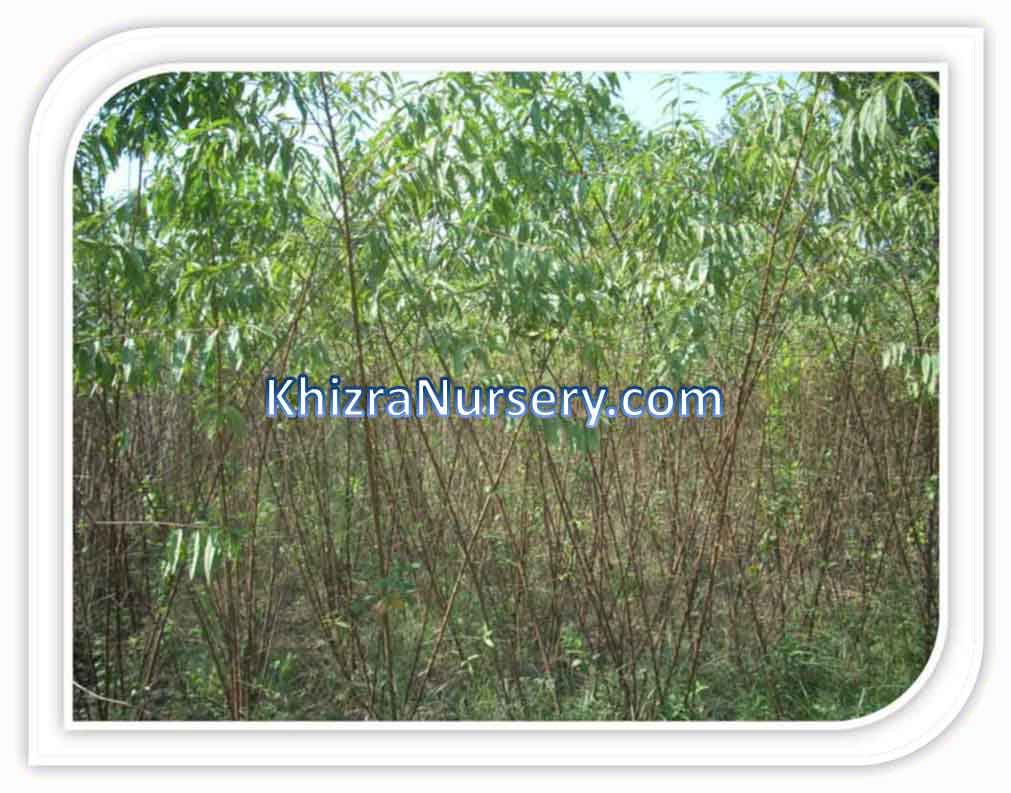
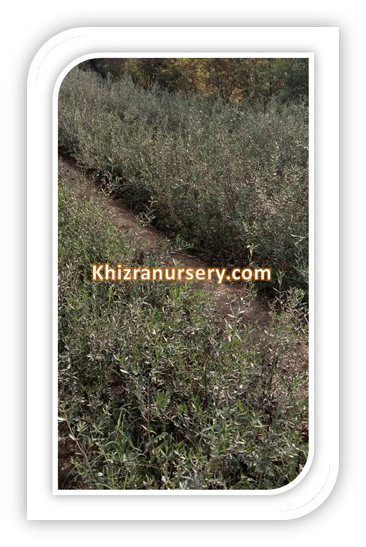

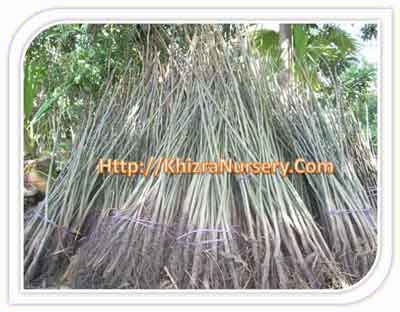
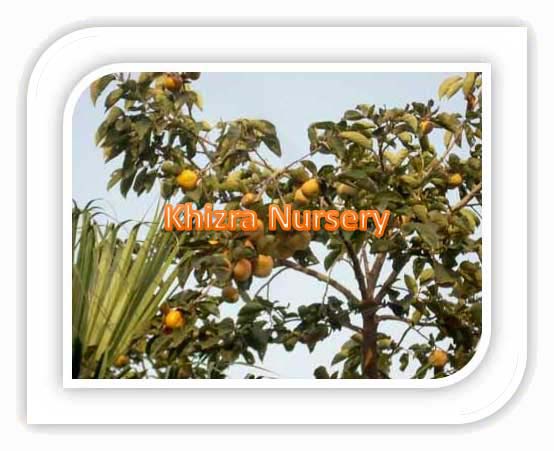
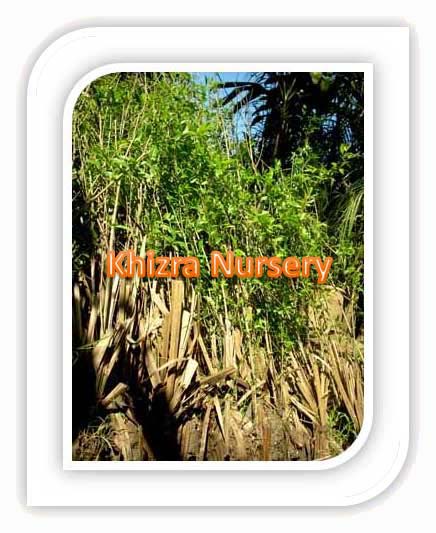
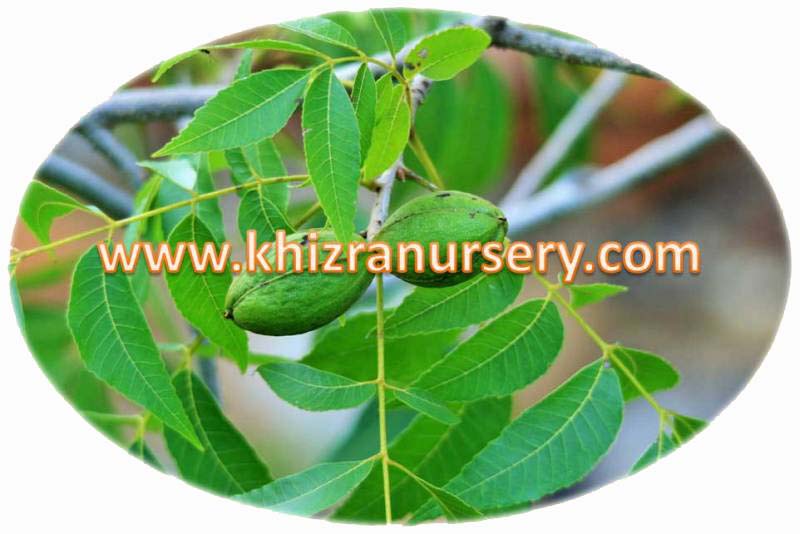
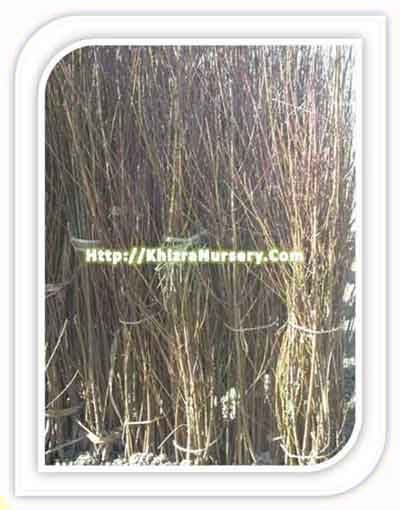
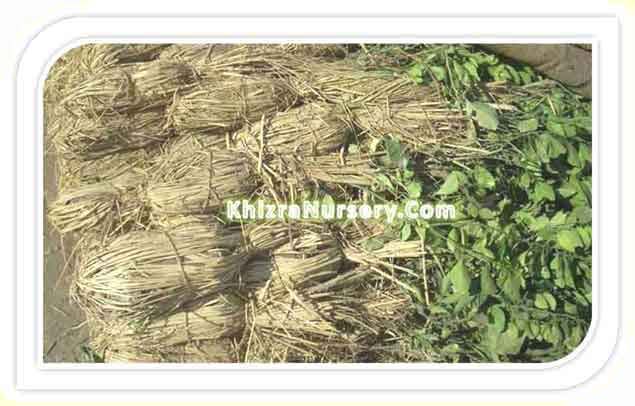
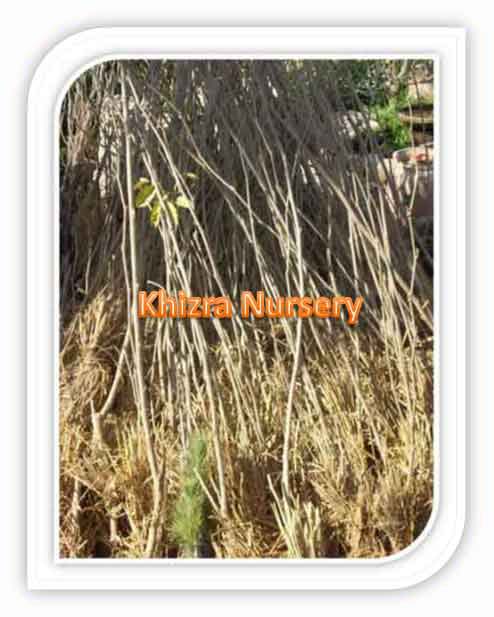
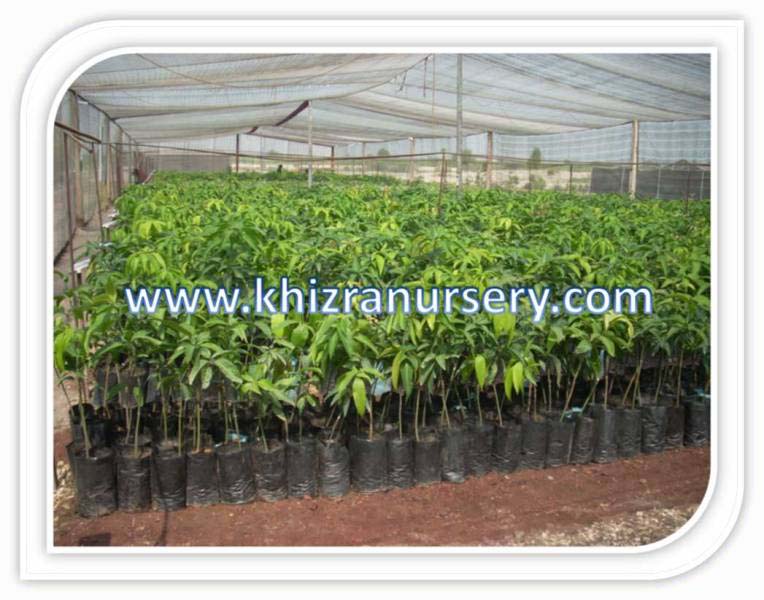
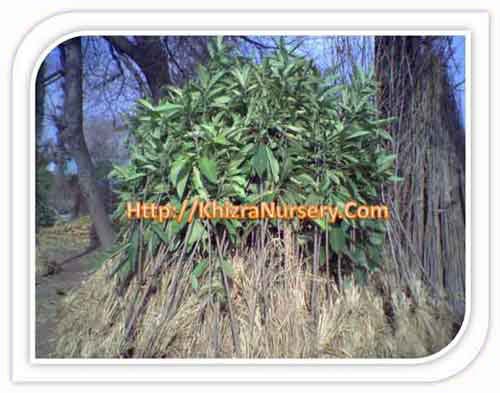
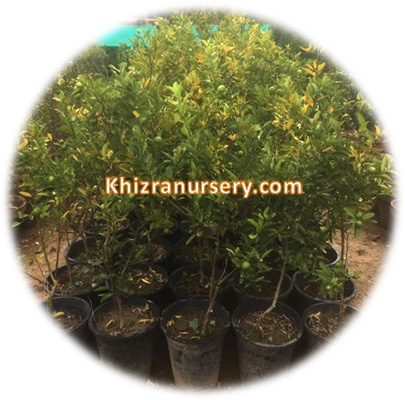


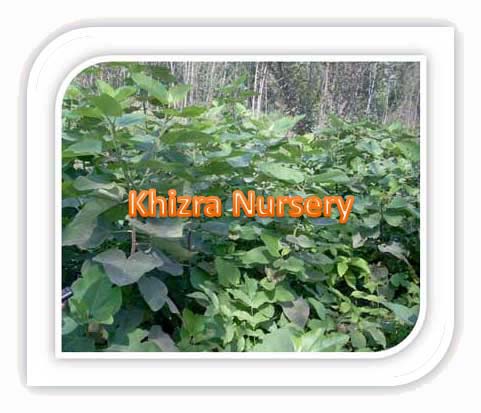
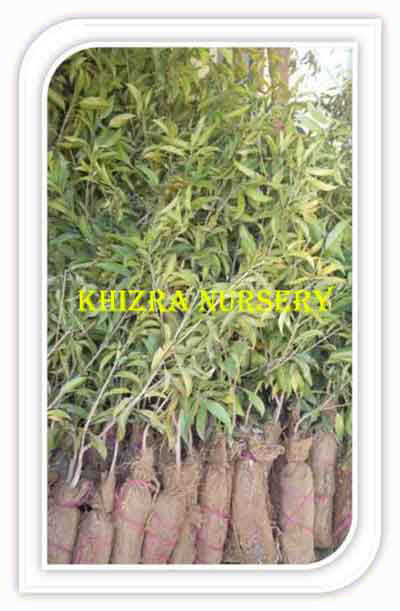
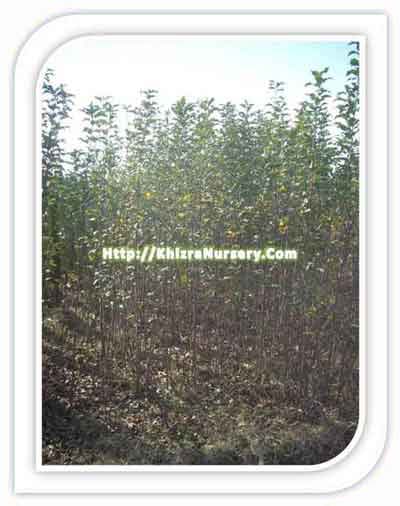

Reviews
There are no reviews yet.